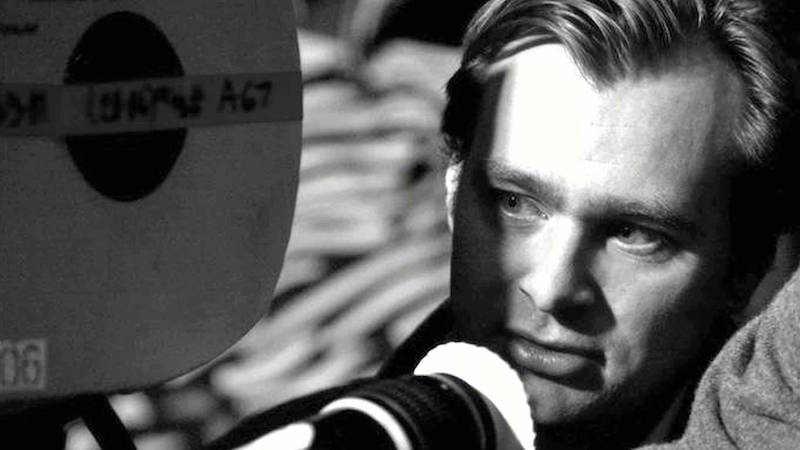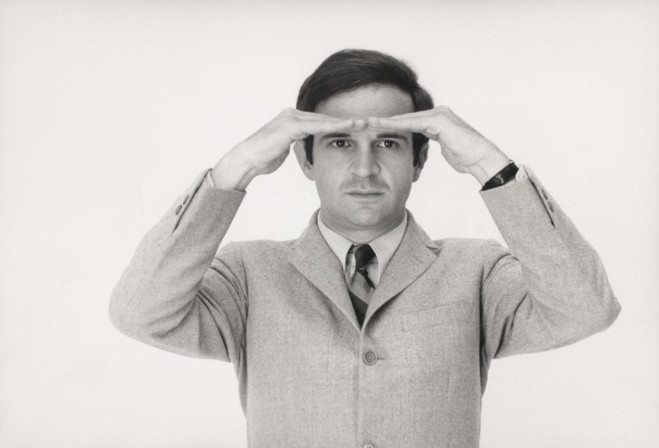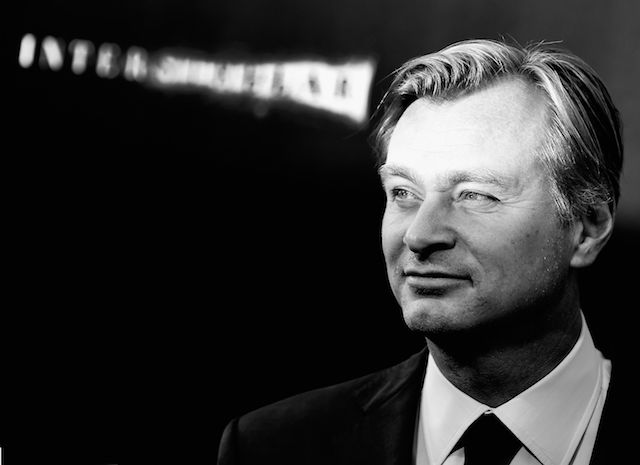A widely circulated anecdote in Hollywood is that director Christopher Nolan doesn’t use email and even a mobile phone. Imagine, the man who made modern epics like the psychedelic Inception and futuristic Interstellar doesn’t own a cell phone and prefers to work on his movies. After the phenomenal success of his debut feature Following (1998) in the independent cinema circles in Europe and US, Nolan has become a figure of worship and everything about him stirs enthusiasm and curiosity among movie buffs.
Before redefining the concept of time and ways of storytelling in mainstream Hollywood cinema, Nolan sharpened his skills making no budget, or extreme as he calls them, movies. The crime drama movie, Following was his laboratory and going through exhausting cost cutting measures and once in a week schedule, it took a whole year to complete. Exclusively shot with a 16 mm camera, using available light, Following was a milestone in many aspects of indie filmmaking.
How Stanley Kubrick Fell In Love With His Lenses
In this conversation, Nolan shares his secrets behind Following and how a lot of things fell in the right place and right time. He starts with his obsession for stop motion animation and short films in his childhood, which enabled him to go straight to filmmaking without attending any film schools. Young Nolan was very excited about making a feature himself so that he found the money from his tiny salary. He also wrote, photographed and directed the movie along with collaborating closely with editing and production processes.
Nolan says Following was his experimental ultimatum in making a compatible movie using all the available resources and friends around him. The main challenge was that viewers, who are conditioned by polished movies, very easily alienated by the poor technical quality of the low or no budget movies. So he turned towards black and white cinematography and handheld shots to cover up the limitations. Interestingly, all of them became aesthetical decisions in addition to cost cutting measures and earned him critical acclaim.
He says how important it is for a newbie filmmaker to acquire technical expertise to make the limitations invisible. He learned how to identify and mask those things, which betray the technical limitation and poor budget of the movie to the viewers and got rid of the in following. Nolan also remembers some of the important issues and techniques he had used to overcome sound equipment and lighting limitations. For example, he began the movie with a conversation scene, having very clear audio for the first couple of minutes, a simple technique to hold the viewer’s attention before alienating because of unpolished soundtracks the following scenes.
No other director could push the boundaries of cinema wider in the 21st century other than Nolan and, when he lists the innovative strategies that made his dream true, every filmmaker aspirant has a reason to watch his talking cinema again and again. And it seems, and like in his movies, time is looped for him and his passion for cinematic storytelling.
Written By- Ragesh Dipu




